Let’s nip seasonal allergies in the bud — before they even get a chance to start. There’s no sense in looking forward to the onslaught of spring, while at the same time dreading the accompanying allergies.
Step One – Reinforce your Immune System and Overall Health
First off, you have to take care of the big three foundational components to good health: sleep, nutrition and management of stress.
Even if they might not take away your seasonal allergic reactions completely, these help tremendously in coping with the effects of the allergens.
Make sure you’re getting enough sound sleep and to do so, try to eliminate stimulants like coffee or chocolate close to bedtime; avoid electronic screens and electric blankets in bed, and try your hardest not to think about problems before sleep. Use meditation to fall asleep more easily if this is an issue for you.
Find a nutritional program that suits your body and needs and try to stick to it to facilitate better overall health. Make sure you’re also drinking enough water, and perhaps try intermittent fasting (skip breakfast, for instance).
And finally, if you do experience a lot of stress, you can try and alleviate it by taking long walks in nature, interval training, meditation or more fun-loving activities. As an added bonus, taking daily brisk walks helps avoid pollen accumulating in your body.
Step Two – Get Away from the Allergen you are Sensitive to
When confronted with seasonal allergies, the first order of business is always to try and reduce contact with the source of the allergic reaction, like pollen.
If you’re allergic to pollen, consider this idea: take your PTO, get out of the city and go for a vacation in a forest region so you can breathe easier.
If you can reduce contact with the offending allergens, you’ll be much better off in the long run. It’s even better if it’s possible to avoid them until allergy season is over. Of course, that’s easier said than done because many allergens like pollen are literally everywhere.
Step Three: Use Natural Remedies Against your Seasonal Allergies
If the allergies remain after avoidance, then it’s possible to use other natural remedies against them.
Make sure you do your research and/or consult a doctor, however, as some herbal remedies also can cause certain side effects.
You might also look into trying an acupuncturist or chiropractor.
Probiotics (that you can make at home)
Probiotics are popular for treating the effects of seasonal allergies as the presence of beneficial bacteria in the gut can facilitate a reduced incidence of allergies.
Rather than buying probiotics, you could make your own — sauerkraut has been proven to be higher in beneficial gut bacteria than your over-the-counter probiotic pills. Sauerkraut (or it’s spicier Korean neighbor Kimchi) is easy to make and keeps for months.
Clear the Air with Filter Plants
Allergies can be reduced by using plants as air filter plants to keep the air clean and purified. Aloe Vera for instance is anti-inflammatory and antibacterial, making it very beneficial for allergic rhinitis.
Combine Aloe Vera Gel with Chamomile Tea
It’s best to combine aloe vera gel and chamomile tea. This article has a great recipe!
Combining these two remedies will yield even better results, and help speed up the healing process. It also provides you relief from headaches caused by seasonal allergies and fights bacterial and fungal infections associated with skin rashes.
Drink Parsley Tea as a Daily Tonic
Parsley tea is another great remedy for allergies. It can be used as an overall tonic because it fights bacteria, increases urination to remove toxins from the body, and helps against kidney problems. Parsley tea also reduces swelling of mucous membranes, which makes it a very effective treatment for hay fever symptoms.
Nettle Tea to treat the Effect of Pollen and Pet Allergies
If you’re allergic to pollen or pet dander, then nettle tea is your best friend. This herb reduces swelling and irritation of mucous membranes, making it a very effective treatment for a runny nose and irritated eyes.
You can also use nettle as a compress on the skin to reduce allergic reactions there as well.
Plantain or Mullein Tea for Hay Fever
Who here doesn’t have plantain growing in the garden or somewhere nearby?
For those with hay fever, plantain tea is very helpful in reducing the swelling of mucous membranes. It also increases urination to flush out toxins from the body. It’s a great overall tonic that helps fight bacterial infections in the body and helps to reduce fever.
Combine a teaspoon of plantain leaves with a cup of boiling water, let it steep for 10 minutes, strain into a cup and add honey if you like, but just drink it plain if you don’t want extra sweetness.
The same can be done with mullein, which has very similar properties. Eucalyptus essential oil also helps to reduce allergic reactions. Diluted in a carrier oil like coconut or almond oil, it can be applied topically to the skin for relief from rashes and itching.
Take a Bath with Flowers
A bath with chamomile flowers is another great way to get rid of allergy symptoms. The chamomile fights inflammation and calms down the nervous system. Soak in a tub with 15 to 20 chamomile flowers for about 30 minutes, then drain the bathtub and take another 30 minute hot (but not scalding) shower.
The same can be done with lavender, which is especially useful against skin rashes. You can also make your own essential oil with lavender flowers, chamomile flowers, peppermint leaves and eucalyptus leaves.
Make sure to steep the same amount of each plant in a jar filled with a carrier oil (I recommend coconut or almond). Close the jar tightly and let it soak for about four to six weeks. After that, strain the herbs from the carrier oil and store it in a cool dark place for later use.
Aquatic plants to treat seasonal allergies
Nymphaea or water lily is not just pretty to look at but it also calms the nervous system and reduces anxiety. The flowers make wonderful tea for you to sip on every day; they are diuretic, antispasmodic, analgesic (pain relief), anti-inflammatory, antibacterial and antiviral. They help reduce fever and pain as well as fight bacterial infections in the body. Nymphaea is also beneficial for those with epilepsy and those recovering from surgery or an injury.
Combine a teaspoon of fresh nymphaea petals with a cup of boiling water, steep for 10 minutes, strain into a cup and add honey if you like, but just drink it plain if you don’t want extra sweetness.
You can also use any other aquatic plant that grows nearby to treat seasonal allergies. Just make sure to first boil the water for about 10 minutes before adding the flowers, especially if you’re using fresh petals instead of dried. It’s also a good idea to let the flowers steep for more than 10 minutes and drain, then add fresh boiling water and re-steep; this will ensure that you get most of the benefits from your tea.
Again, before you use any of these potential remedies, do your research and consult with a medical professional. Not all remedies are safe for everyone to use, and some can have side effects.
Got any tips to add to this list? What do you do to combat seasonal allergies? Please add them in the comments!

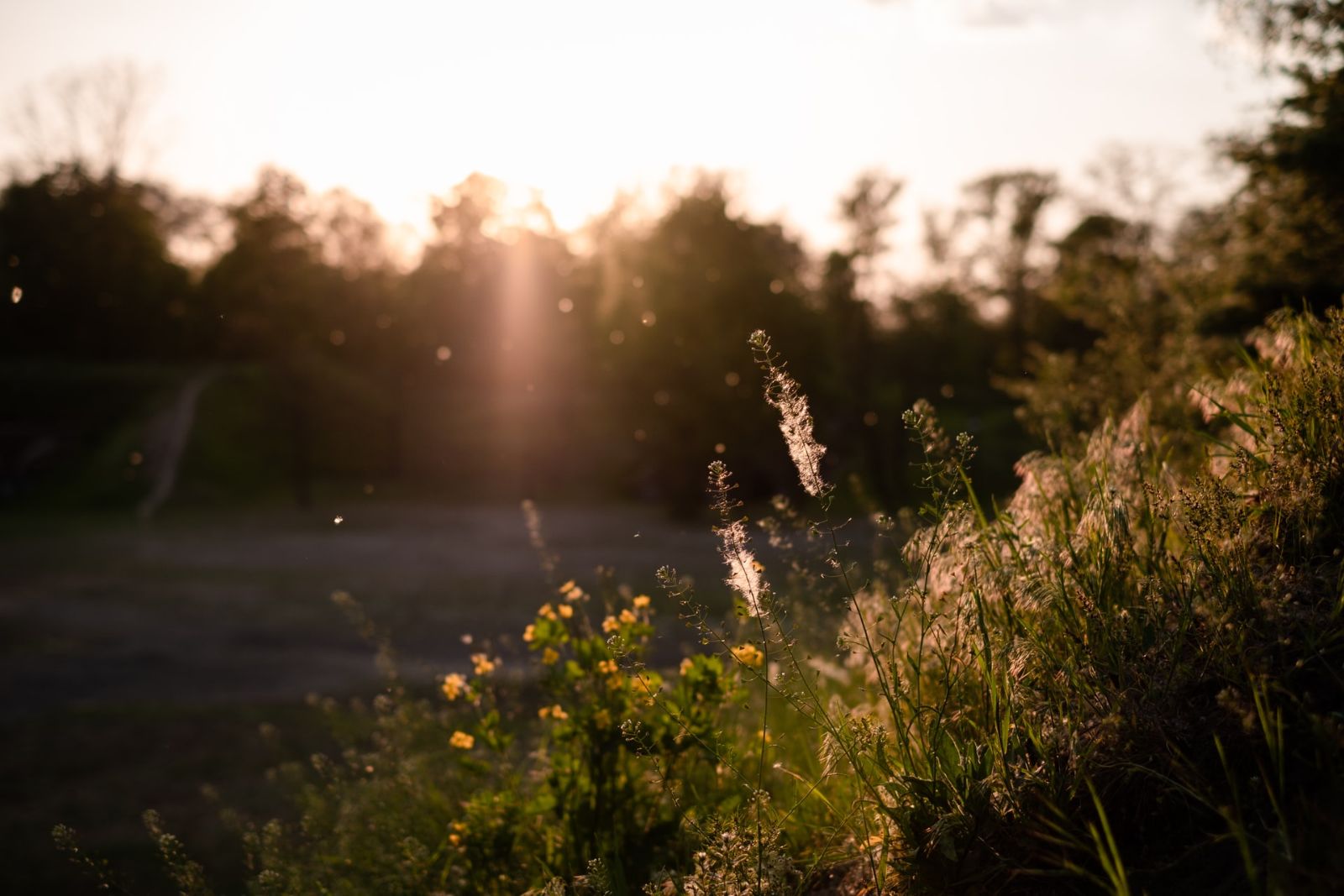
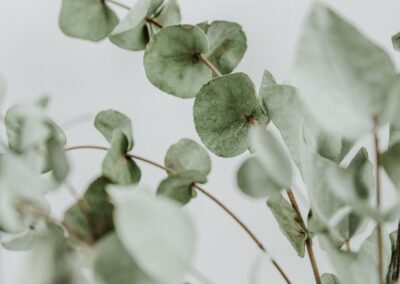
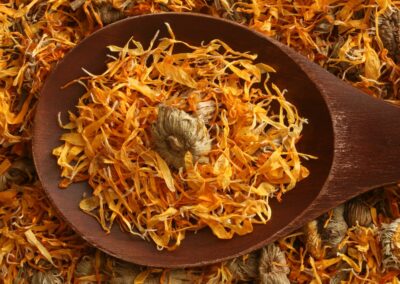
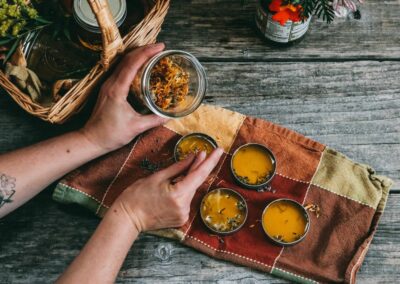
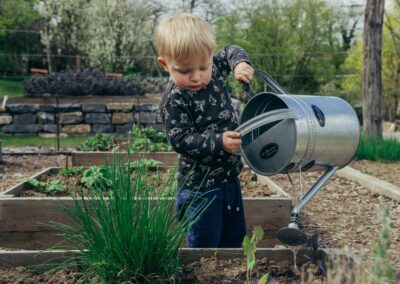
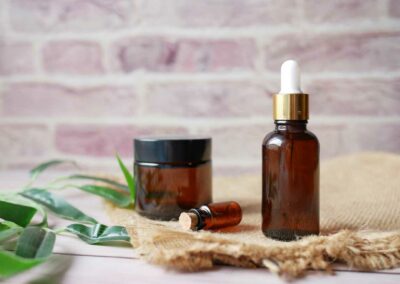
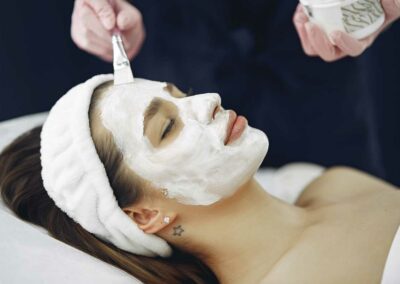

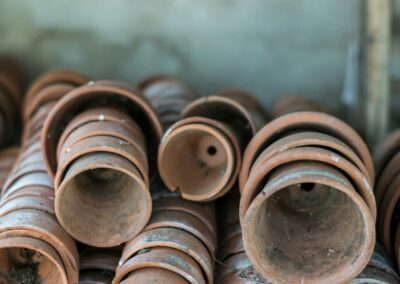
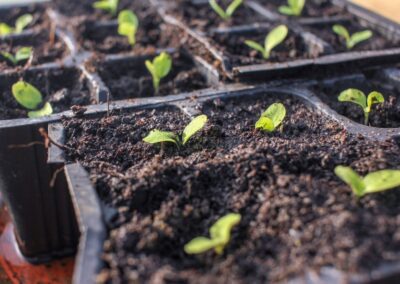
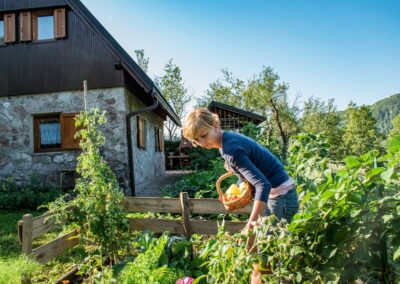
0 Comments